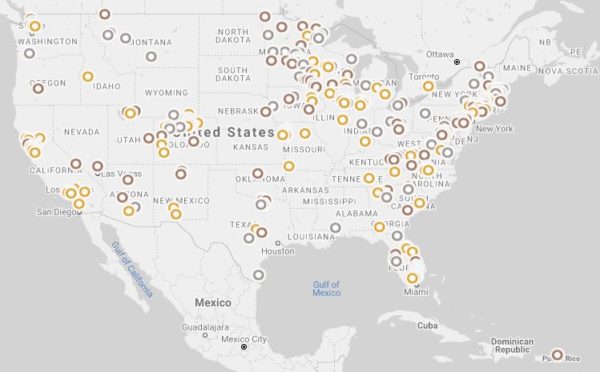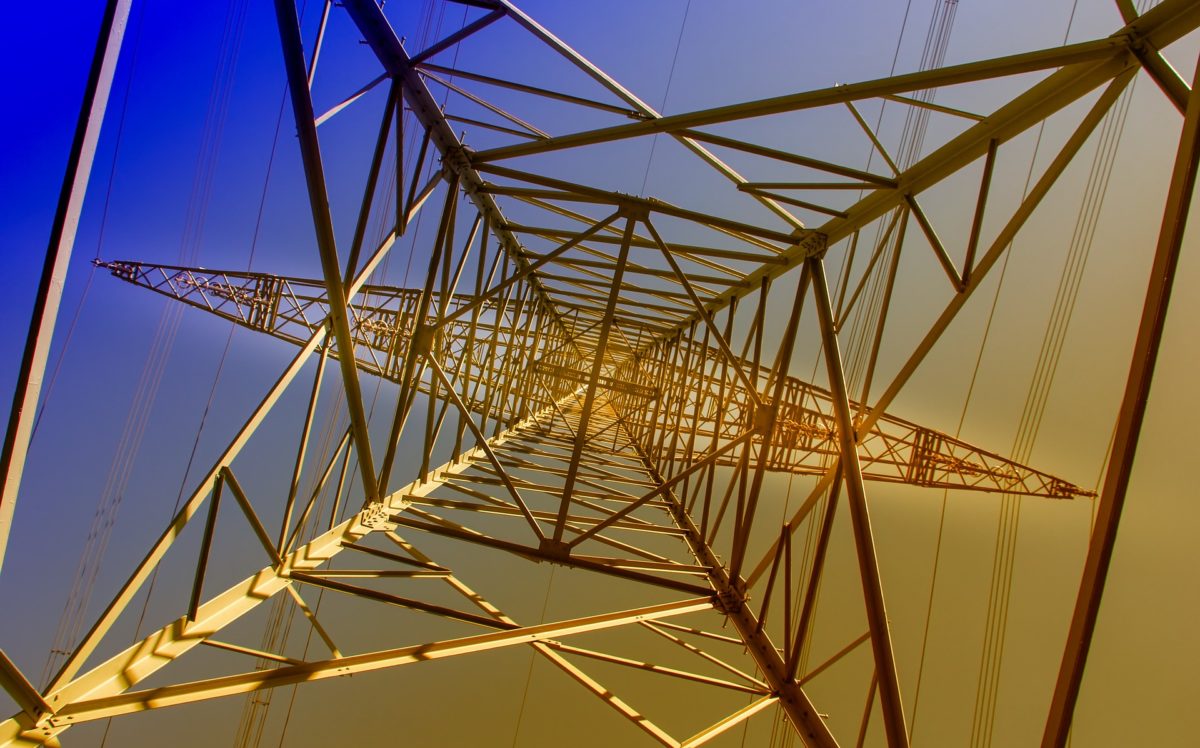Local governments are influential in solar growth in their municipalities, but unnecessary paperwork, red tape, and other burdensome requirements can slow development.
The Solar Energy Industry Association (SEIA) recently hosted a webinar addressing these barriers, and how the Department of Energy (DOE) funded SolSmart seeks to reduce soft costs.
The SolSmart program offers targeted, no-cost technical assistance to communities across the U.S., aiding municipalities in becoming solar-ready and streamlining local processes.
A soft cost is anything not directly related to the construction of the system, and includes such items as design, fees, sales costs, taxes, and insurance. Shawn Rumery, senior director of research at SEIA, said soft costs represent 60-70% of total residential solar costs, and 50-60% of total commercial solar costs.
And while hardware and construction costs are falling, soft costs have been relatively more stagnant. Since 2014, residential system costs have come down 25%, but soft costs have dropped only 15%. Customer acquisition and overhead costs have risen 31% in the same time period, Rumery said.
The program seeks to address soft costs created by local inefficiencies.
One goal of the group is to increase transparency around local solar policy and requirements. SolSmart creates inspection checklists tailored to local needs. The program also builds a municipal solar landing page, a local website for viewing solar permitting information, inspection process details, net metering or incentive details, and other relevant local information.
It also provides training to local government permitting staff so that they may gain a better understanding of solar PV requirements. The group is collaborating with the SolarApp+ automated permitting program, also offered by DOE.
Based on replies to a third-party survey, permitting processes on average were sped up by 7.5 days for program participants.

Image: SolSmart
Also provided is guidance on planning and zoning best practices for solar PV, and a review of local solar ordinances to identify areas of improvement.
Municipalities that demonstrate permits of $500 or less and participate in the program can be designated as bronze, silver, or gold level SolSmart-designated communities. The designation is meant to generate local revenues by sending a signal that the community is “open for business,” said Toyah Callahan, deputy director of SolSmart at IREC.
In the survey, participating communities were found to have increased capacity by 69 kW a month on average, which represents a 67% increase and an average of three additional systems per month. Nationwide, that translates to an additional 300-450 MW of new solar capacity, said Theresa Perry, director of the Solsmart program at IREC.
Despite the speed-up in permitting, participants’ inspection times slowed by about 5 days. Perry said the data on the increased inspections time is inconclusive and needs further investigation, as do the potential causes of a slowed inspection.
The $10 million DOE-backed program was estimated to be connected to $1-2 billion in solar investments nationwide, according to the third-party evaluation.
This content is protected by copyright and may not be reused. If you want to cooperate with us and would like to reuse some of our content, please contact: editors@pv-magazine.com.









By submitting this form you agree to pv magazine using your data for the purposes of publishing your comment.
Your personal data will only be disclosed or otherwise transmitted to third parties for the purposes of spam filtering or if this is necessary for technical maintenance of the website. Any other transfer to third parties will not take place unless this is justified on the basis of applicable data protection regulations or if pv magazine is legally obliged to do so.
You may revoke this consent at any time with effect for the future, in which case your personal data will be deleted immediately. Otherwise, your data will be deleted if pv magazine has processed your request or the purpose of data storage is fulfilled.
Further information on data privacy can be found in our Data Protection Policy.